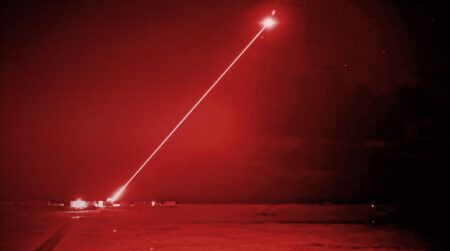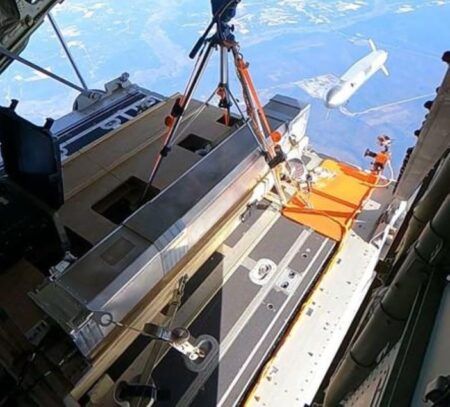The US Navy, Air Force and Defense Advanced Research Projects Agency have completed a successful test of the long-range anti-ship missile (LRASM). The joint-service team, known as the LRASM Deployment Office (LDO), conducted the test to evaluate LRASM’s low-altitude performance and obstacle avoidance as part of the program’s accelerated development effort.
“We are very pleased with how LRASM performed today and we are looking forward to continuing integration efforts on the Air Force B-1, followed by our Navy F/A-18, over the next few years,” said Capt Jaime Engdahl, the LDO’s Navy program manager. “We have a clear mission to deliver game-changing capability to our warfighters in theater as quickly as possible.”
During the flight from the ‘sea test range’ in Point Mugu, California, the B-1 Bomber released the LRASM, which navigated a series of pre-planned waypoints to verify aerodynamic performance. In the final portion of the flight, the missile detected, tracked and avoided an object that was deliberately placed in the flight pattern to demonstrate its obstacle avoidance algorithms.
Since completing two successful test flights in 2013, LRASM has rapidly transitioned from a DARPA demonstration, to a formal US Navy program of record, with fielding set for 2018. In a statement, the US Department of Defense said, “The program reflects initiatives from DoD’s Better Buying Power 3.0, which encourages rapid prototyping and other forms of innovative acquisition to keep a technological edge and achieve greater efficiency and productivity in defense spending.




